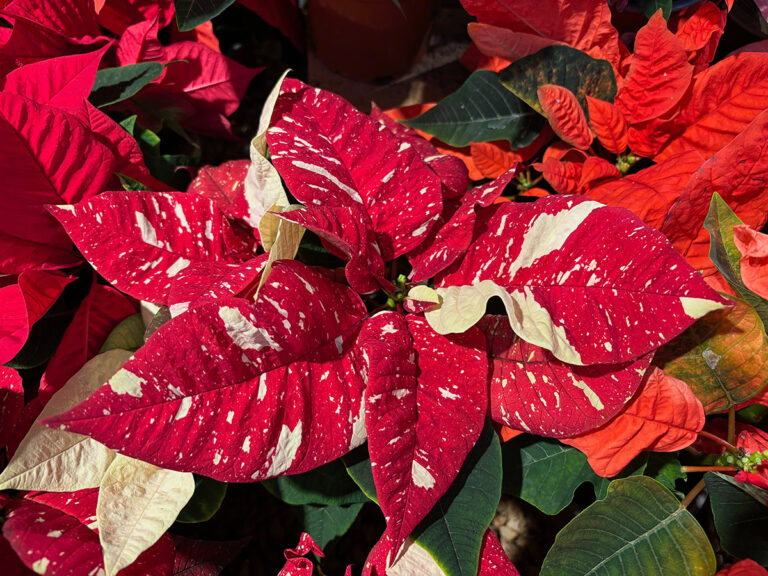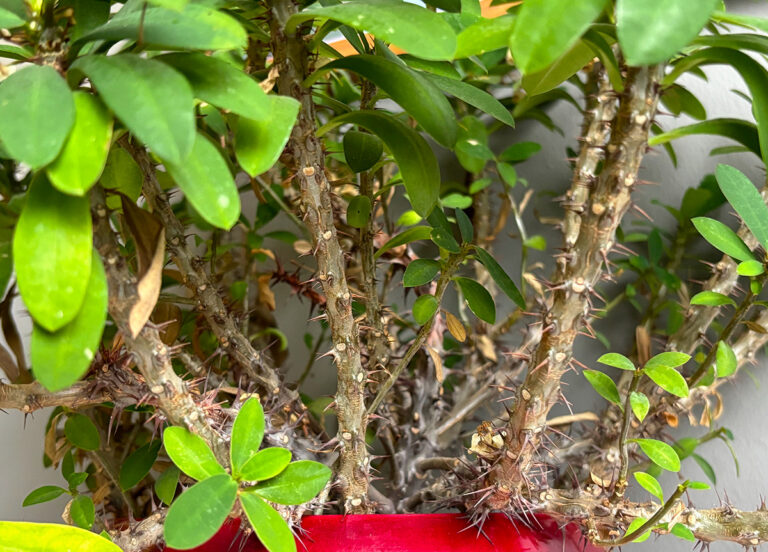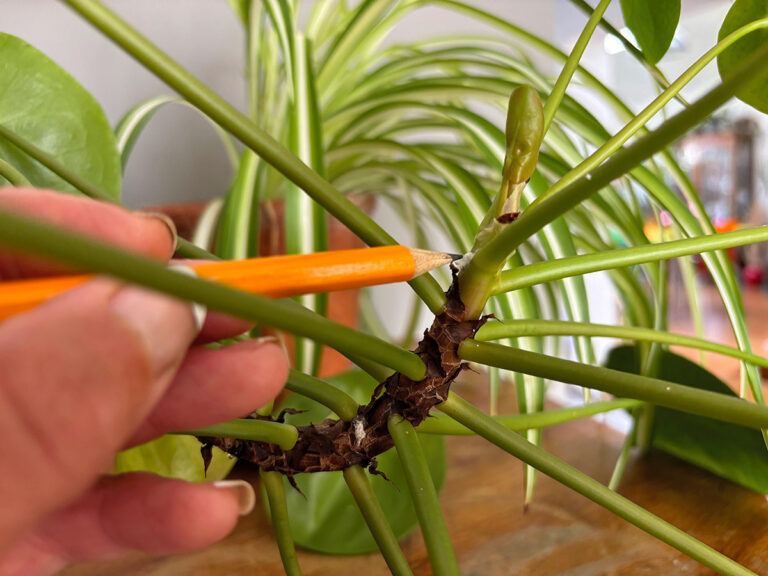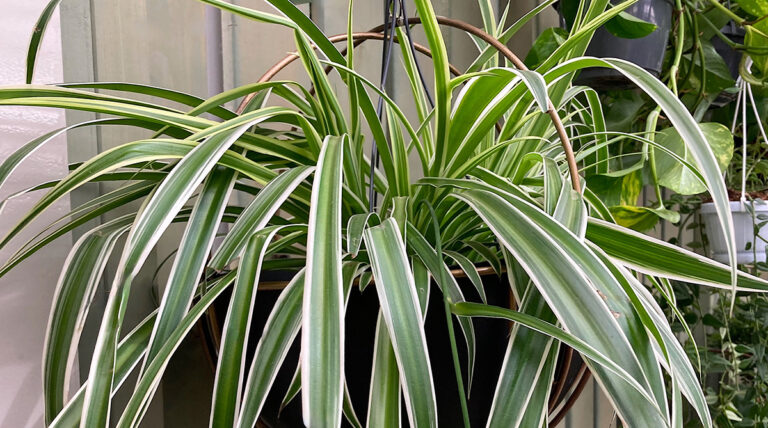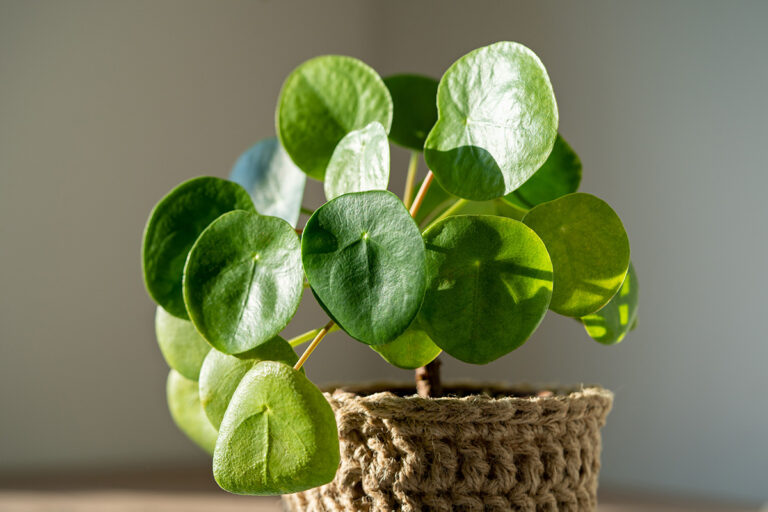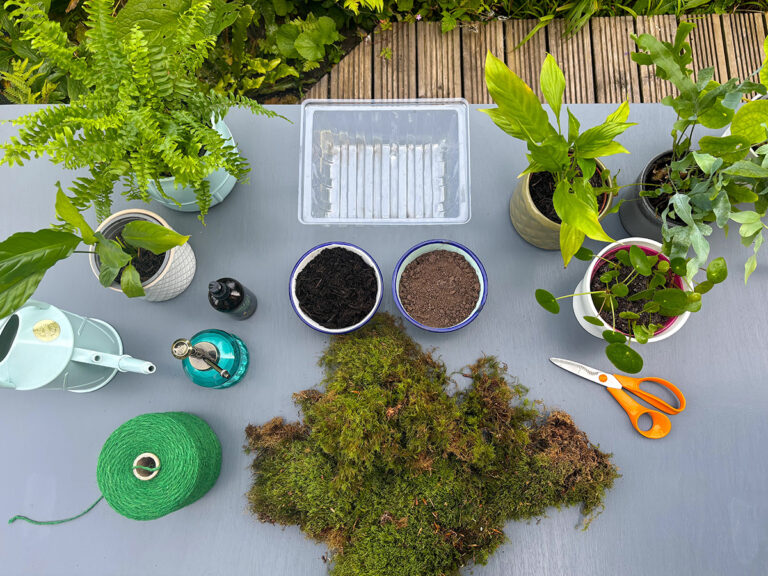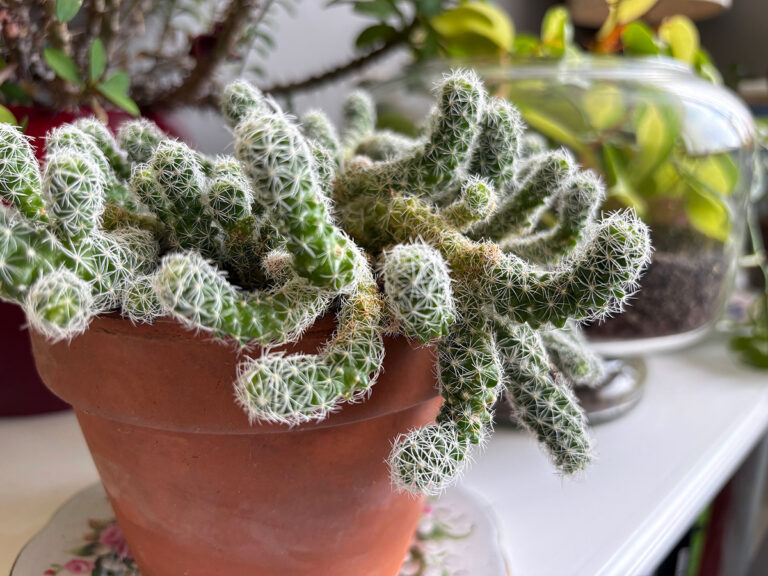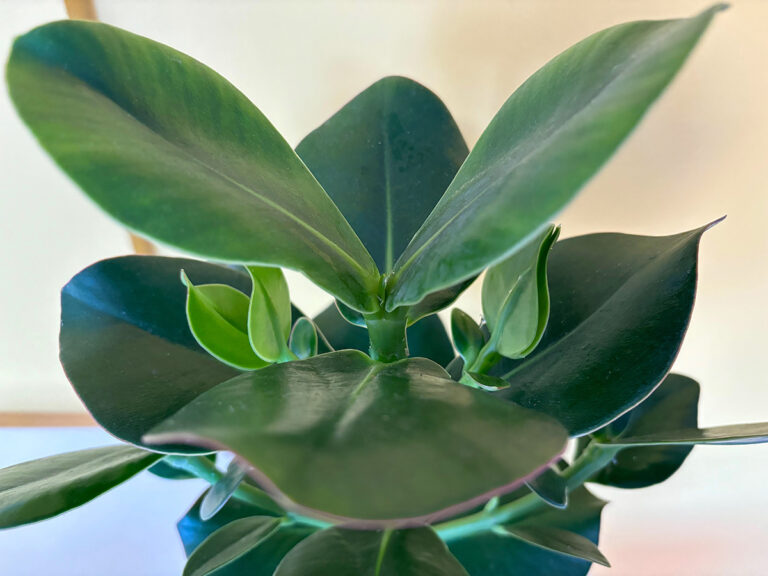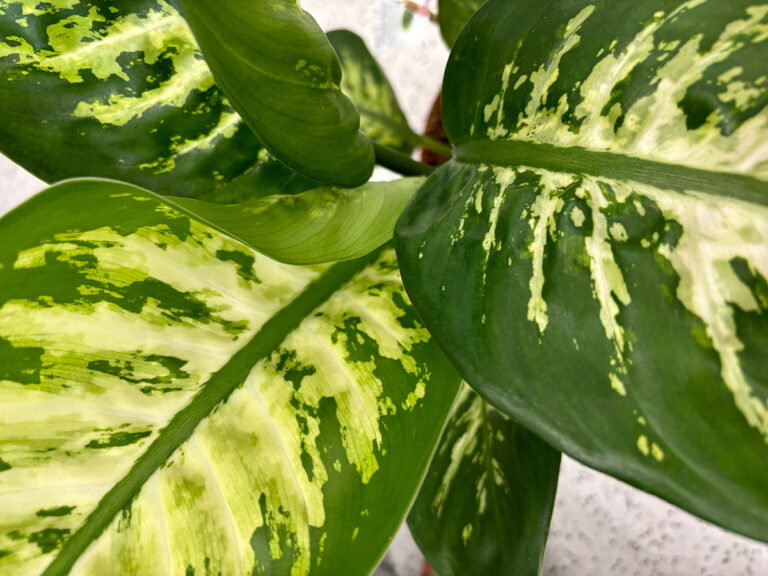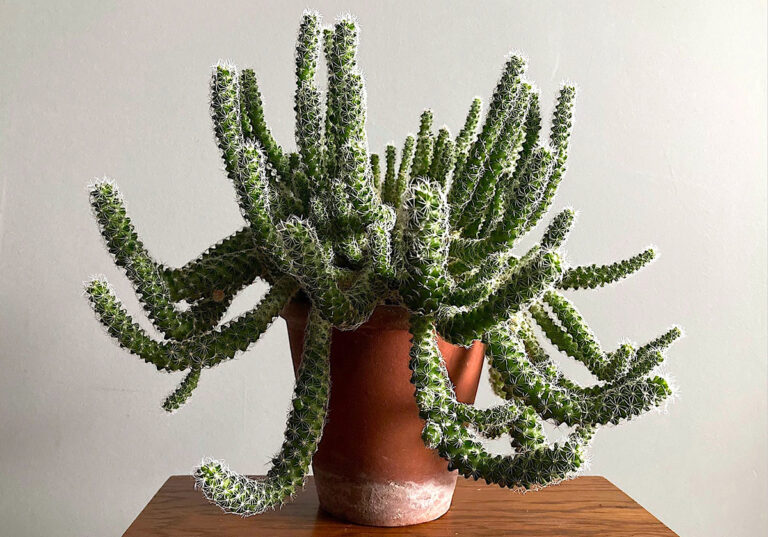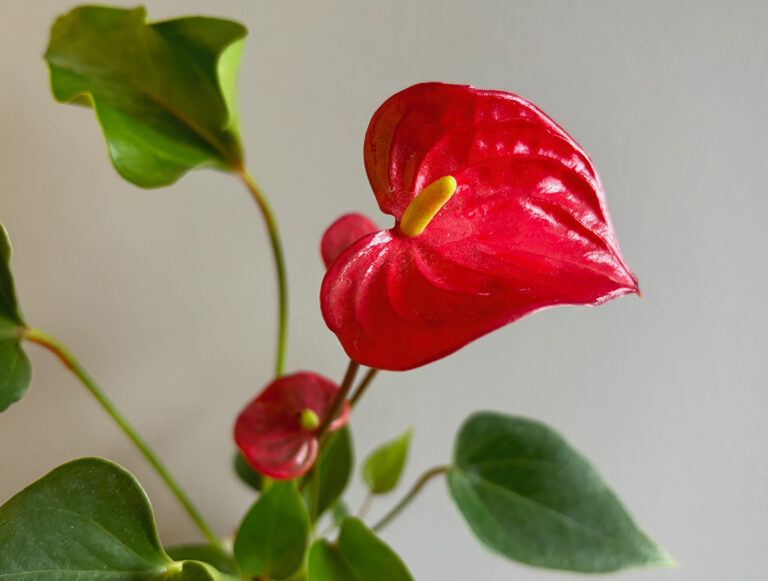With halloween looming at the end of the month, it seemed fitting to talk about spooky plants and it doesn’t get much spookier than the carnivorous Venus flytrap, Dionaea muscipula.
This North American bog plant is endemic to North and South Carolina and grows in moist, acidic, low nutrient soil so has evolved to get food by digesting insects.
The trap on each leaf consists of two hinged lobes covered in hair-like growths called trichomes. Movement over these trichomes signal the trap to shut; this touch response is called thigmonasty. It takes a lot of the plant’s energy to shut and open again so the trichomes need to be touched a few times to trigger the reaction ensuring the plant does not waste energy unnecessarily with a false alarm.
Venus flytraps gain most of their food from live insects. Nutrients are not available from the soil in their natural habitat, although they do photosynthesise. Dead insects won’t fool the Venus flytrap, traps need live insects to land on leaves and move around; this motion triggers the leaves to snap shut, trapping the insect inside and starting the process of digestion.
Extracting nutrients from insects is straight out of a halloween horror movie. The plant attracts prey with the lure of sweet nectar but once the bate has been taken, the trap quickly closes and the struggling insect causes the interlocking jaws to firmly close and for the insect its fate is literally sealed.
Digestive enzymes are then released and these gradually dissolve the soft tissues of the victim. After roughly a week the deed is done, this tasty soup is absorbed and the trap reopens to lure in its next unsuspecting victim.
The lifespan of a Venus flytrap is roughly 20 years but can be short-lived indoors so with all that in mind, how on earth can we keep these unusual plants alive in our homes?
Light
Venus flytraps thrive in direct sunlight. In their natural habitat they are exposed to the open coastal plains of longleaf pine savanna and mountain bogs so pick a sunny south facing windowsill. If the insides of the traps are red, they are happy. The traps have the ability to change colour and intense red signifies the plant is receiving sufficient light.
Although be aware some cultivars of Venus flytrap like ‘Green Wizard’, ‘Heterophylla’ and ‘Werewolf’ remain entirely green and ‘Akai Ryu’ (Red Dragon) and ‘Red Piranha’ cultivars remain red.
Water
Watering is the key to keeping your Venus flytrap alive. Water from the base, never from above as this can lead to rot. Sit the pot in a saucer of rainwater. Always use rainwater as tap water will kill your plant but if rainwater is not available leave boiled water uncovered for at least 24 hours to let harmful minerals and chemicals like chlorine evaporate.
Venus flytraps live in areas of 50% humidity so the air in our home environments can actually be pretty dry. Misting with water will help or occasionally mist with a foliar feed like Plantsmith’s Perfecting Houseplant Care Mist to boost plant health and deter pests.
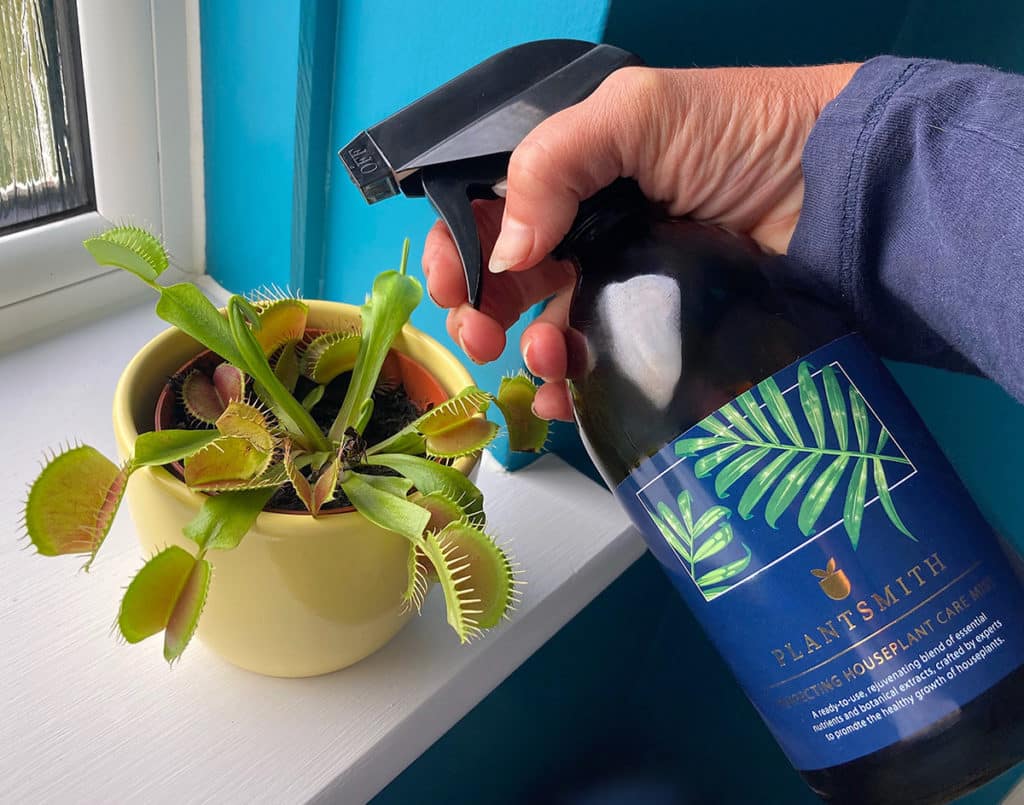
Image: Debi Holland
Temperature
Venus flytraps are not tropical plants; they live in warm-temperate conditions with warm summers and cold winters, making them perfect houseplants but from October to February the plants go into dormancy, triggered by temperatures dipping below 7°C (45°F) and remaining below 10°C (50°F) so move your plant to a window of a frost-proof shed, garage or greenhouse for the winter. Don’t panic when leaves turn black and die back – this is completely normal. Regrowth will start again in March.
Soil
Venus flytraps have very specific soil requirements and a pre-made carnivorous mix can be bought from nurseries. They grow in low nutrient acidic soil. Blend long-fibre sphagnum moss with perlite for a home mix.
Feeding
Venus flytraps can survive a month or two without eating and do not require fertilising but it is unlikely indoor plants will source enough prey naturally and you may have to feed your plant dead insects, moving them gently around the trap to stimulate closure and the digestion response.
You can occasionally boost your plant’s health with a liquid fertiliser but go easy; apply diluted fertiliser once every couple of months in the growing season and stop feeding over winter when the plant is dormant. Over fertilising will have a negative affect.
Dilute Plantsmith Fortifying Houseplant Feed & Tonic and apply to the traps, not the base.
Flowering
In the wild Venus flytraps will flower in May and June. These perennial plants produce beautiful little white flowers on long stems that sit above the traps, this is to prevent pollinators from falling foul of the patiently waiting jaws.
For indoor plants it is advisable to snip off these flowers as it takes so much energy to produce them the plants may not recover.
Propagation
New plants can be propagated by seed, leaf cuttings or division but patience is required; it can take a year or two to produce a new plant.
Pests
Living indoors Venus flytraps are susceptible to all the usual suspects of pests. Deter aphids and mealy bugs by spraying your plant with Plantsmith Protecting Bug Control Spray.
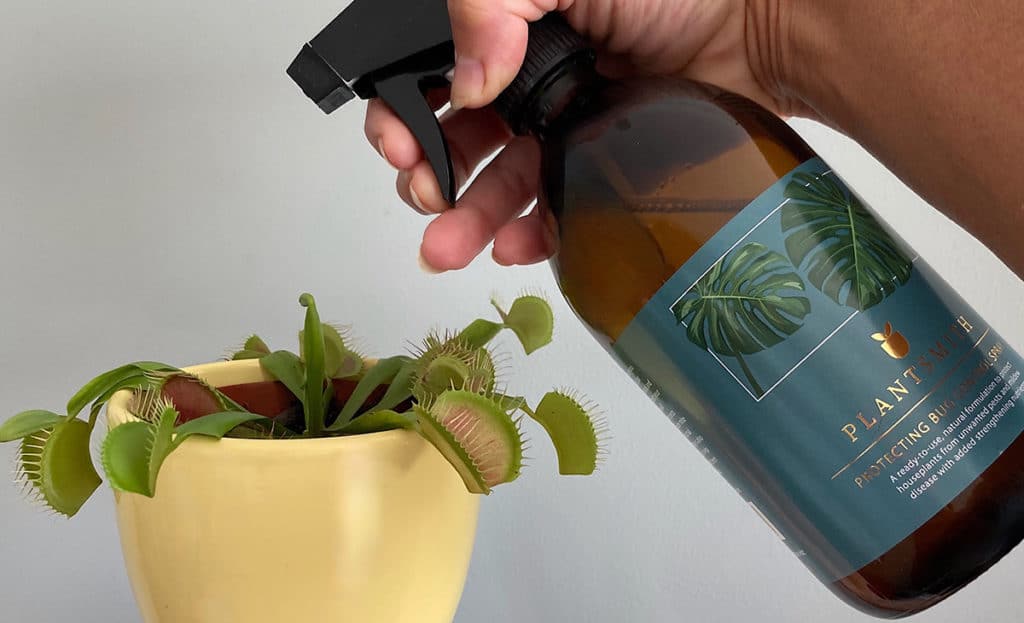
Problem Solver
Why is my Venus flytrap dying?
If traps open and close a few times without food they will die. Don’t be tempted to prod the leaf to make it close, they can only perform this process a few times unrewarded without becoming completely depleted.





